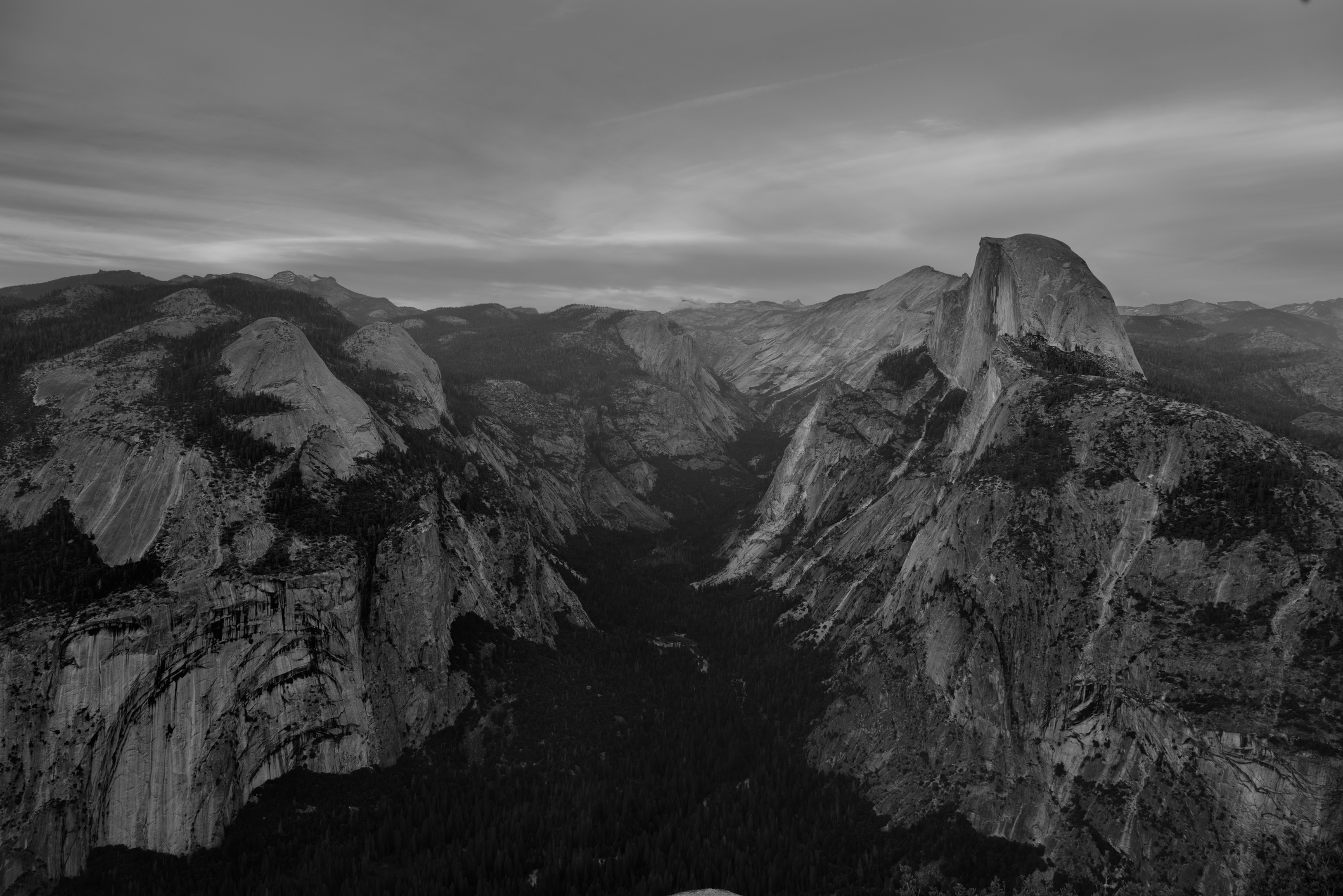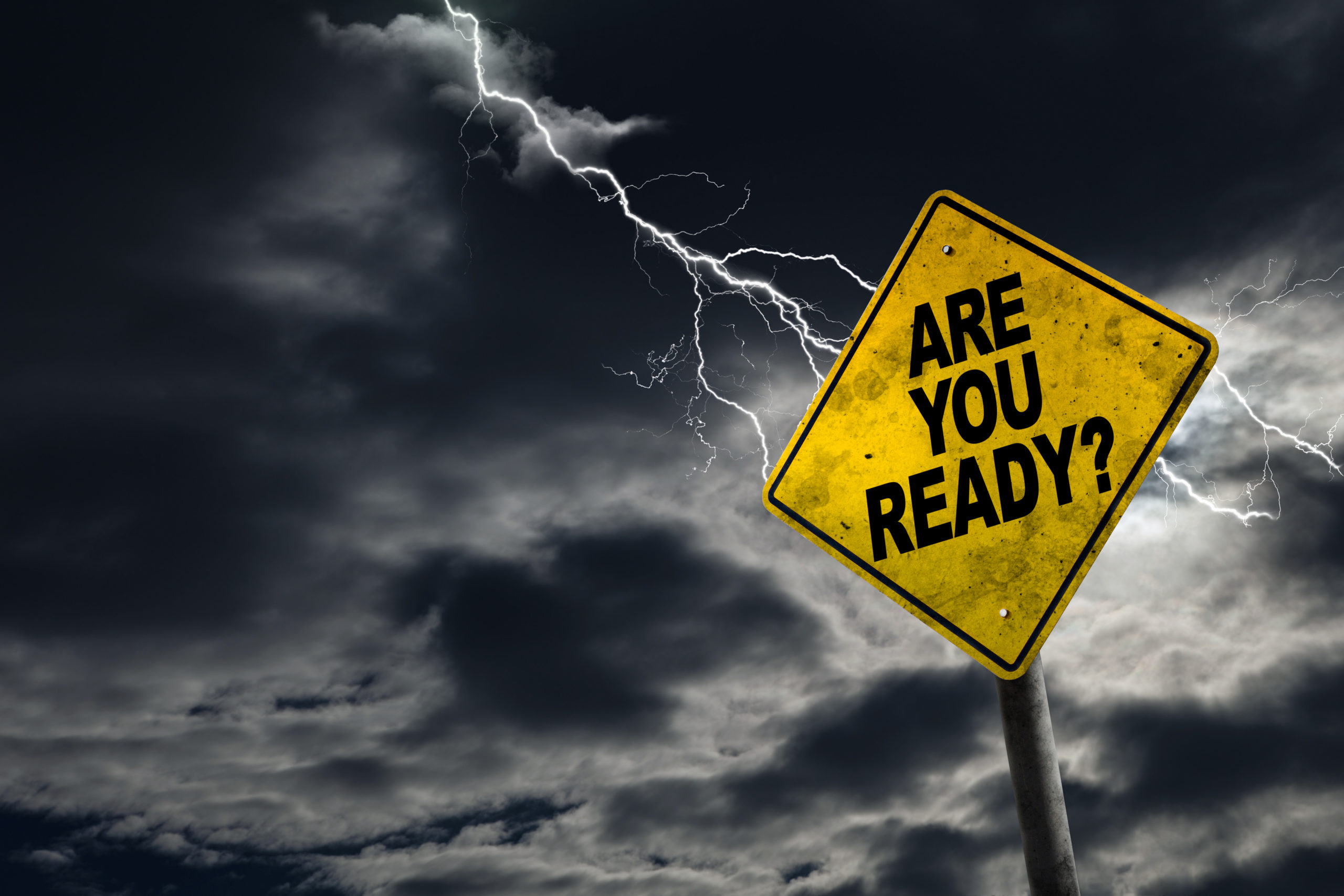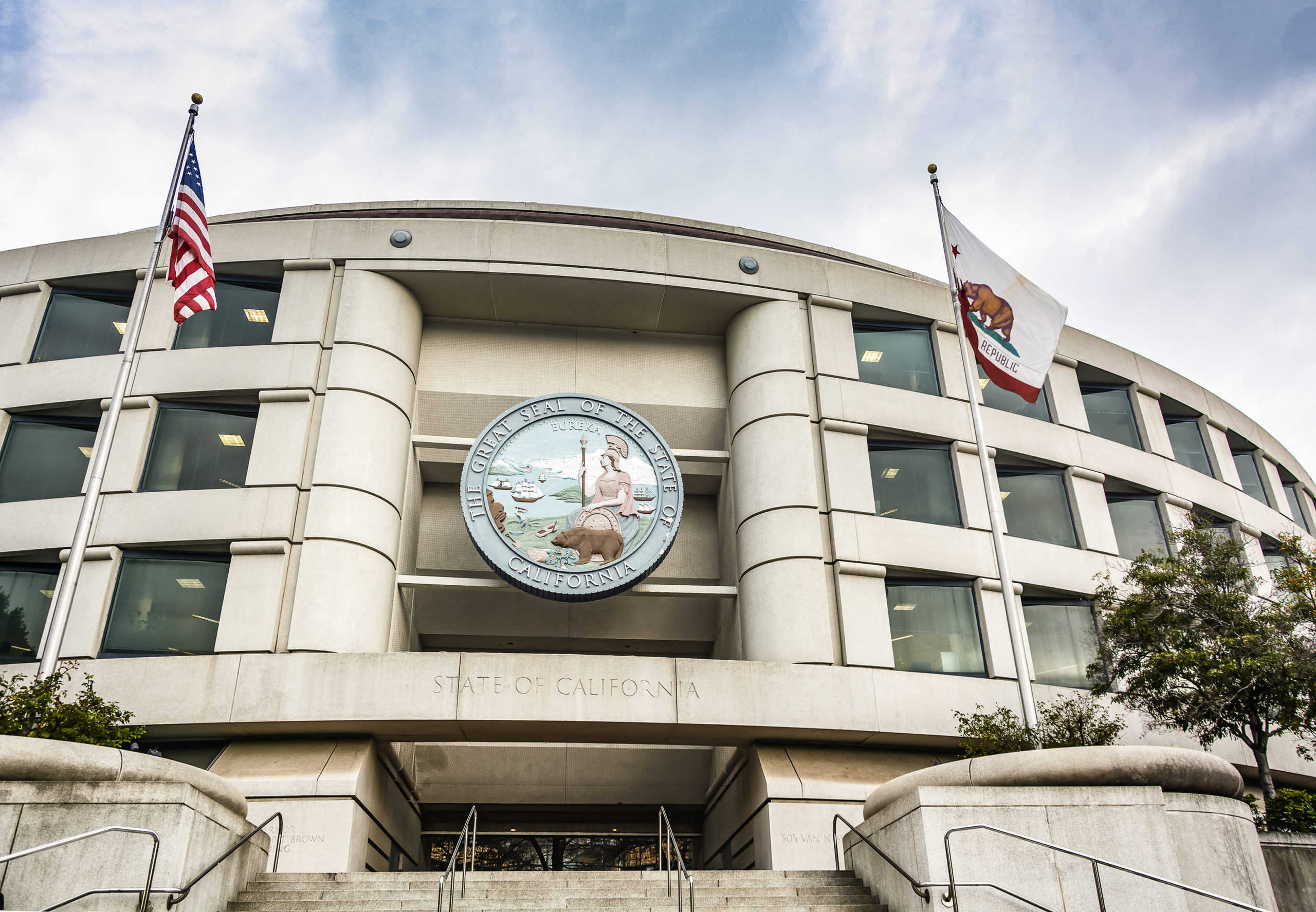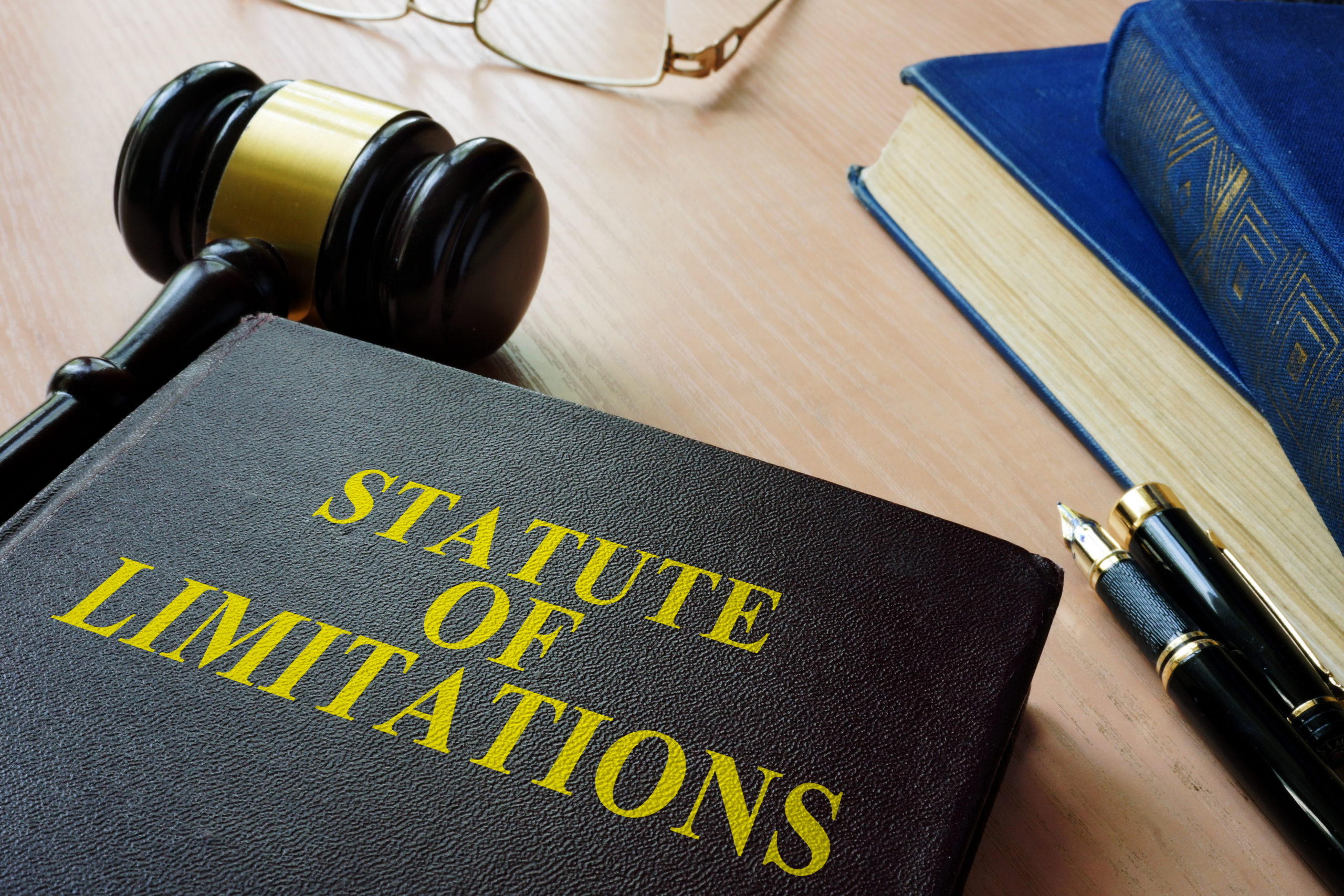Although drive error or worse, driver negligence, gets most of the attention in the aftermath of a car accident, there is another source for causing auto crashes that should receive more attention.
It’s called bad weather and it is an issue that causes more than 1.2 million car accidents every year in the United States.
Whether you’re driving through thick coastal fog in Central California or you get caught in the air torrent called the Santa Ana winds that rush through the mountain peaks that surround Interstate 15, bad weather represents one of the top 10 most common causes of auto accidents.
Bad weather conditions like fog, rain, snow, and high winds can be issues in a large number of locations throughout the United States. The question is not if bad weather is lurking around the next corner. The question is how do you react when bad weather causes a car accident.
Common Types of Bad Weather
When you think of bad weather and a car accident, you probably think of snow. However, the National Highway Traffic Safety Administration (NHTSA) released the results of a study that reports it is rain, not snow that causes a majority of weather-related motor vehicle collisions.
Rain
Just a drizzle can cause a vehicle to swerve into another car. However, heavy downpours represent the most common type of rain that causes vehicle accidents. In addition to slick roads, drivers also have to deal with limited visibility.
Black Ice
Whoever coined the phrase “What you can’t see can hurt you” must have referred to the weather condition called black ice. Almost impossible to detect, black ice forms frequently near bridges and on overpasses where temperatures drop faster than the temperatures on non-elevated surfaces. Black ice is especially dangerous at night.
High Winds
High winds can be dangerous for big rigs because of the large size of the vehicles. Smaller vehicles are also susceptible to high winds because of the debris that flies onto roads and highways. Combine high winds and another weather element like snow, and you have the perfect storm for an auto accident.
How to Handle Bad Weather
The simple solution for driving in bad weather is not to drive at all. However, some people have jobs that require them to drive in bad weather, while other drivers might have to get out on the road because of a serious issue like a medical problem. In any case, you should follow a few steps to stay safe on the road during bad weather.
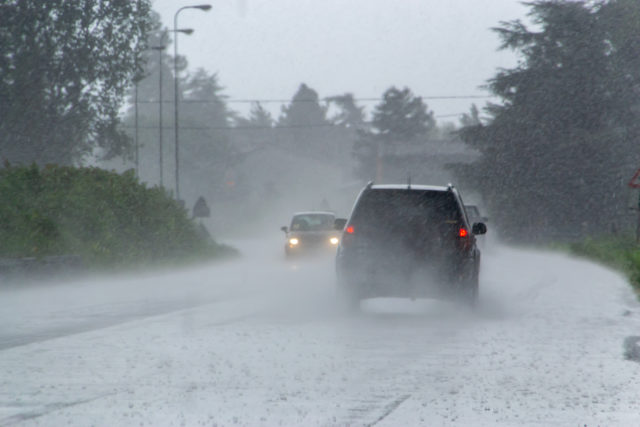
Improve Visibility
It is amazing to see during snowy conditions the number of drivers that operate motor vehicles with piles of snow on the top of their cars. When bad weather strikes, you have to take measures to improve your visibility. Make sure to check the condition of your car’s windshield wipers and the defrost system. Store an ice scraper in the glove compartment and ensure you always have plenty of windshield wiper fluid.
Slow Down
Bad weather can cause a car accident, but speeding makes it more likely that it will happen. The law enforcement officer that shows up at the scene of an accident will complete a formal report, which might include evidence that one or more vehicles were speeding in bad weather conditions.
Remain Calm
If you have to drive in bad weather, you should do it with a sense of calm. We tend to make poor decisions when we start to stress out. Remaining calm enhances your ability to make decisions that keep you and your passengers safe.
Keep Your Tires in Good Condition
The loss of tire tread is bad enough on dry pavement. Tires that lose tread are dangerous to have on your car in bad weather, particularly weather that produces slick driving surfaces. Before each season, check your tires to ensure they are still in good condition. Follow the vehicle owner’s manual to determine when to rotate your tires.
Speak with a Car Accident Lawyer
If bad weather was at least partly responsible for a car accident, you should reach out to a state-licensed car accident attorney to get advice on how to proceed with an insurance claim. Remember to follow the same steps for dealing with a car accident in bad weather as the steps you follow for dealing with a car accident in good weather. Contact the police, get witness statements, collect evidence, and never admit to any wrongdoing.
